If you’re not an expert when it comes to vehicle and engine parts, you may not recognize the symptoms exhibited by a failing timing chain. If you fail to address an early problem with your vehicle’s timing chain, you may end up with a more expensive repair.
To help you out, Philkotse.com gathered the most usual signs that you can find in a vehicle with a defective timing chain. Take a look below:
1. What does the timing chain do?
The timing chain goes by a variety of other names like the timing belt, timing chain, and cambelt. It is one of the most critical parts of your engine assembly that’s responsible for making your engine run.
Without a timing chain in good condition, you can’t really expect your vehicle to go anywhere. To get a better understanding of what a timing chain does and how important it really is, read below:
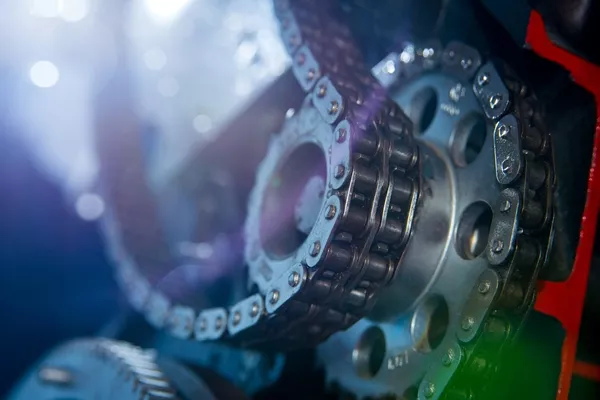
The timing chain goes by a variety of other names
Your engine’s piston has both a camshaft and a crankshaft. These pistons move in an up and down direction creating power. The power created by the piston is taken by the crankshaft and converts that up and down motion to a rotating motion instead. The crankshaft then drives the camshaft by another chain.
On the other end of the crankshaft is your vehicle’s transmission assembly, which is responsible for the rotation and wheel power. The camshaft then opens and closes the exhaust valves and intake valves.
For every cylinder, the camshaft will open the intake valve to let in a good amount of combined fuel and air. The exhaust valves open next to release the burned fuel gases. This process requires that the valves are opened in perfect timing – which is all made possible by the timing chain.
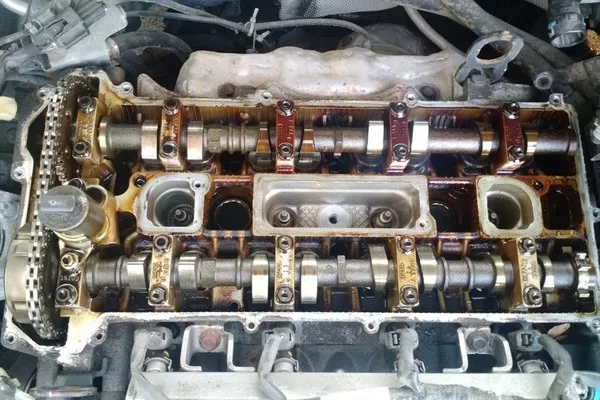
Your engine’s piston has both a camshaft and a crankshaft
2. 5 signs that your timing chain is failing
The engine is misfiring
You can identify a problem with the timing chain if you notice that there’s a series of misfires from your engine. If there’s no obvious misfire you can most likely tell if your vehicle is running less efficiently than before.
In a combustion engine, there are two ways to achieve complete valve timing. We’ll be discussing the two-gear method which involves the crankshaft and the camshaft gear and their direct connection.
This is usually present in most heavy equipment and performance-type vehicles, but can also be present in your usual day-to-day vehicle. In the two-year method, your timing chain can expand.
This is ok at first but further stretching can cause your chain to skip a gear on either the camshaft or the crankshaft. This may cause your engine’s timing to leap out of calibration which can result in a misfire. Ultimately, your vehicle may run poorly and have insufficient accelerating power.
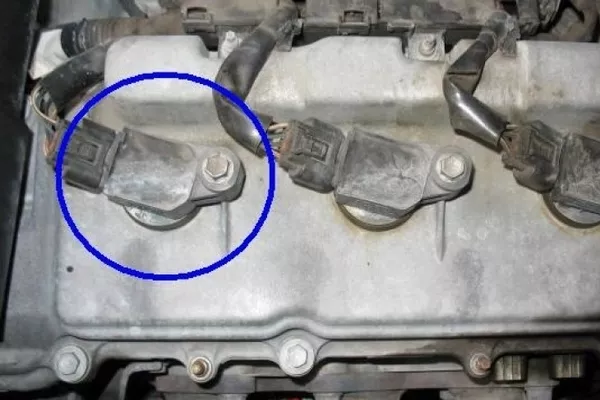
You can identify a problem with the timing chain if you notice that there’s a series of misfires from your engine
>>> Read more: 4 common reasons why car engines lose horsepower over time.
Presence of metal shavings in the oil
Automotive experts worldwide agree upon changing your vehicle’s oil filter and engine oil every 3,000 to 5,000 miles. In the long run, the oil will begin to separate when it reaches a particularly high temperature and becomes exposed to the solvents present in gasoline.
If your timing chain is also wearing out, there could be small chunks and pieces of metal that can break off of it and somehow go into the oil pan. If you happen to get an oil change (whether it’s at a shop or a DIY), try to notice if there metal pieces or shavings that have flown out along with the old oil.
If you had your vehicle’s oil changed due to decreasing performance and found metal shavings, then you may need to dig a little deeper because these symptoms can be caused by a bad or failing timing chain.
Note: There are other reasons as to why there could be metal shavings present in the used engine oil. This could also come from other internal parts that could also be wearing out. Some parts that could break off metal pieces are the retainers, keepers, cylinder head valves along with the rest of the cylinder head hardware.
It’s best to consult a licensed mechanic once you see pieces of metal after you change the engine oil. A competent mechanic should be able to accurately point out which part it is that you really need to be concerned about.
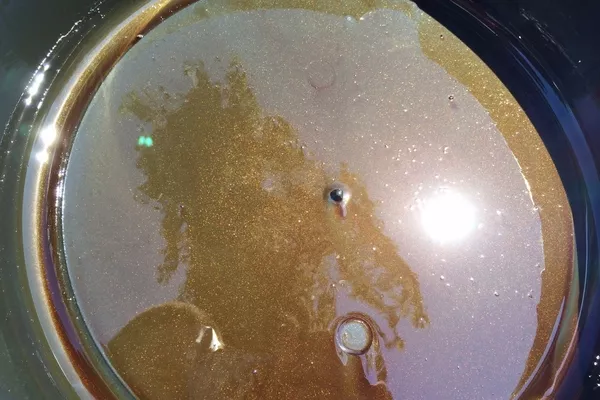
There could be small chunks and pieces of metal that can break off of it and somehow go into the oil pan
>>> Also check: Car Engine Oil Analysis: What’s your Engine Oil Telling You?
Engine either fails or refuses to start
One of the usual signs that your vehicle indeed has a broken timing chain is if the engine refuses to start or fail while you’re driving the car. If you already tried multiple times and the vehicle sternly refuses to start, then your problem could be a broken timing chain.
This happens because there is not enough compression in the internal assembly for the vehicle to start.
On the other hand, if it breaks and jumps while you’re driving the vehicle, your pistons may sustain damage from getting in contact with the valves. These valves will bend and ruin your engine. If the belt seems to be jumping because of looseness, it can sway around the internal assembly and either become damaged or cause damage to the other parts.
While if the engine isn’t starting or is rough once started, this most likely indicates that the timing chain is close to failing and you will need to have it checked immediately.
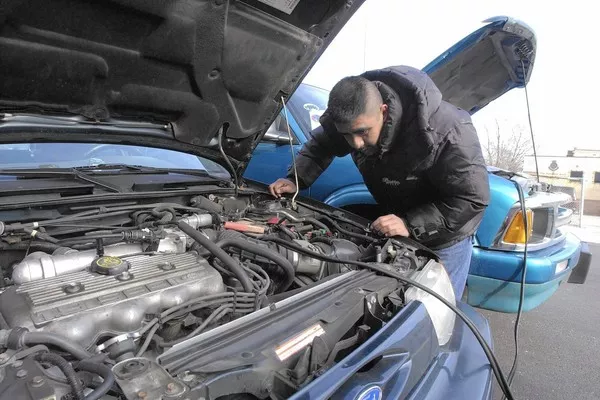
If the engine refuses to start or fail while you’re driving the car, your vehicle indeed has a broken timing chain
>>> Worth reading: 10 common reasons why your car won't start & How to troubleshoot them.
Check if the engine light is turned on
The engine light on your dash could light up for a variety of problems. One of the common reasons is a bad or failing timing chain. Your vehicle is equipped with different types of sensors that will automatically send a message to the display lights for you to see.
The onboard computer in your vehicle’s internal assembly may detect a stretched or an overworked timing chain.
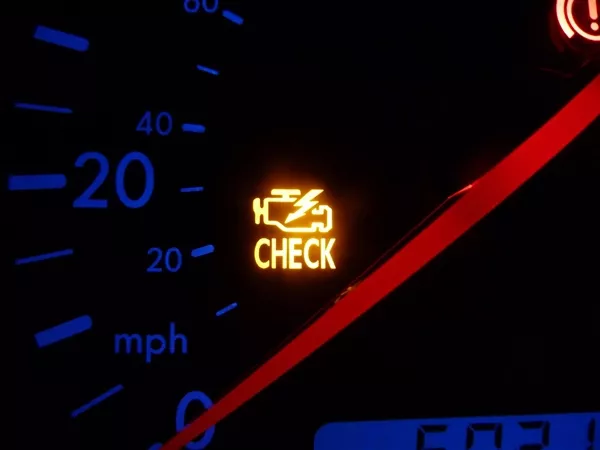
The engine light on your dash could light up for a variety of problems
Any defects in the timing chain will affect the engine performance and increase the emissions above normal levels. This will trigger corresponding trouble codes causing your “check engine light” to illuminate.
Rattling sound when the engine is idle
Under normal conditions, your vehicle should have a smooth, purring sound that indicates that your engine is ok. On the other hand, any sound whether clanking, rattling, loud or soft may be a sign that something is wrong with the motor.
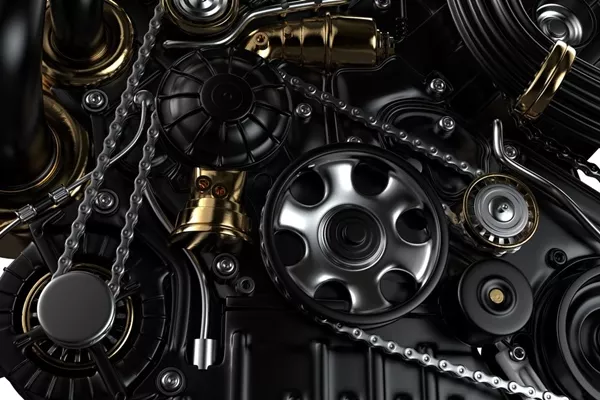
Under normal conditions, your vehicle should have a smooth, purring sound that indicates that your engine is ok
A loose timing chain can produce a vibration inside the engine assembly, thus causing a rattling noise.
Recent posts
- 10 most popular car engine parts that you should know Aug 09, 2022
- Properly install tire chains for your car with 9 easy steps Aug 16, 2022
- How does a timing belt in your car engine work? Feb 19, 2021
- Dealing with Faulty Fan Belts and Their Squeaking Sound Dec 29, 2020
- Causes and remedies for overheating automobile engines Mar 06, 2021











